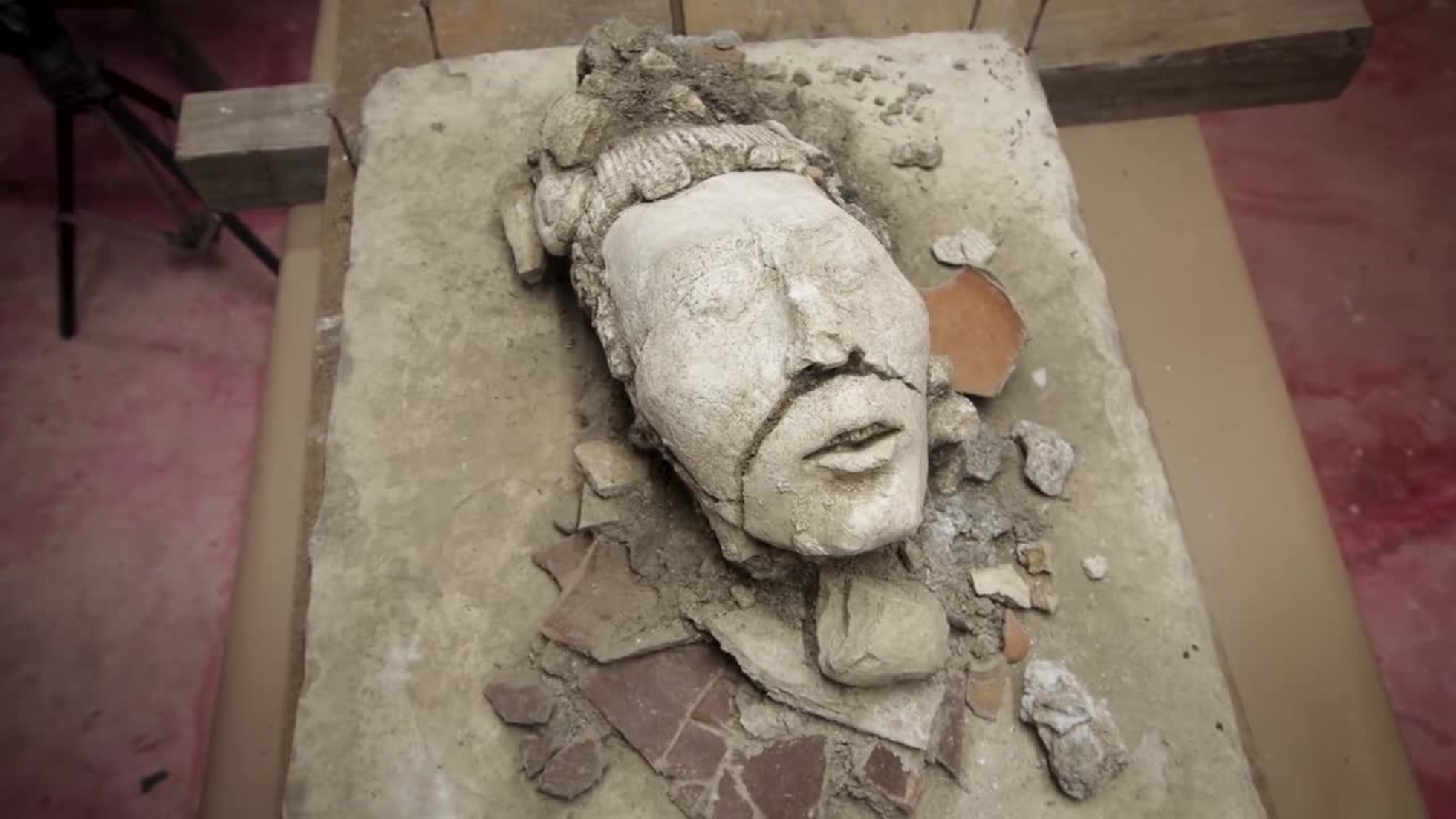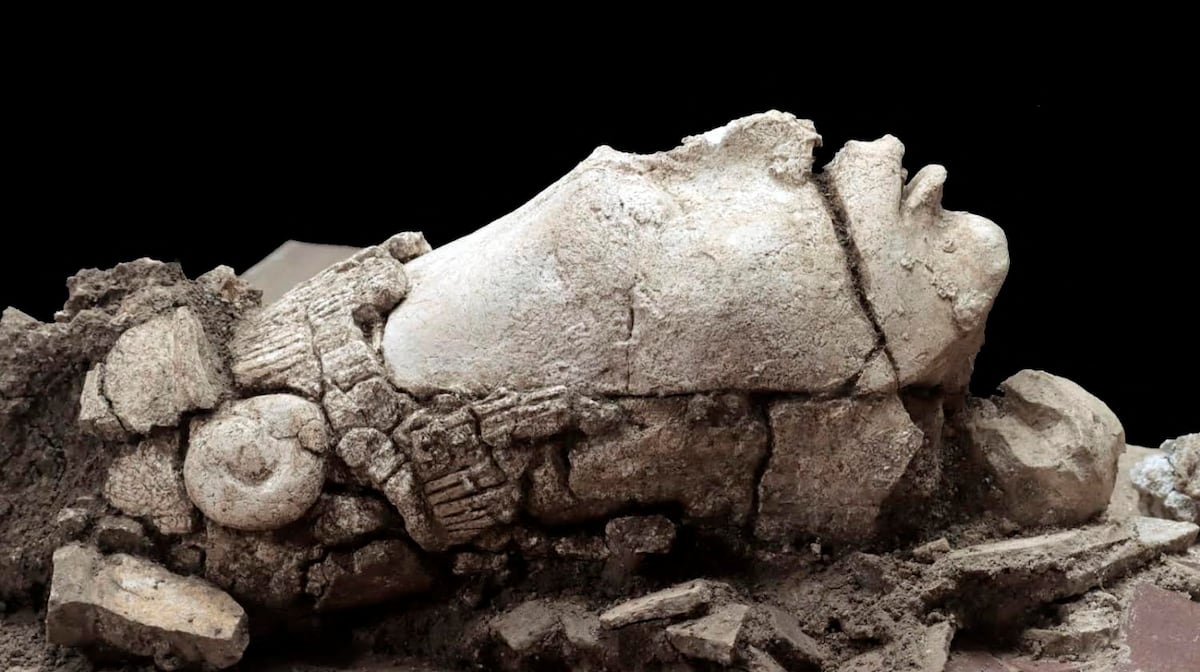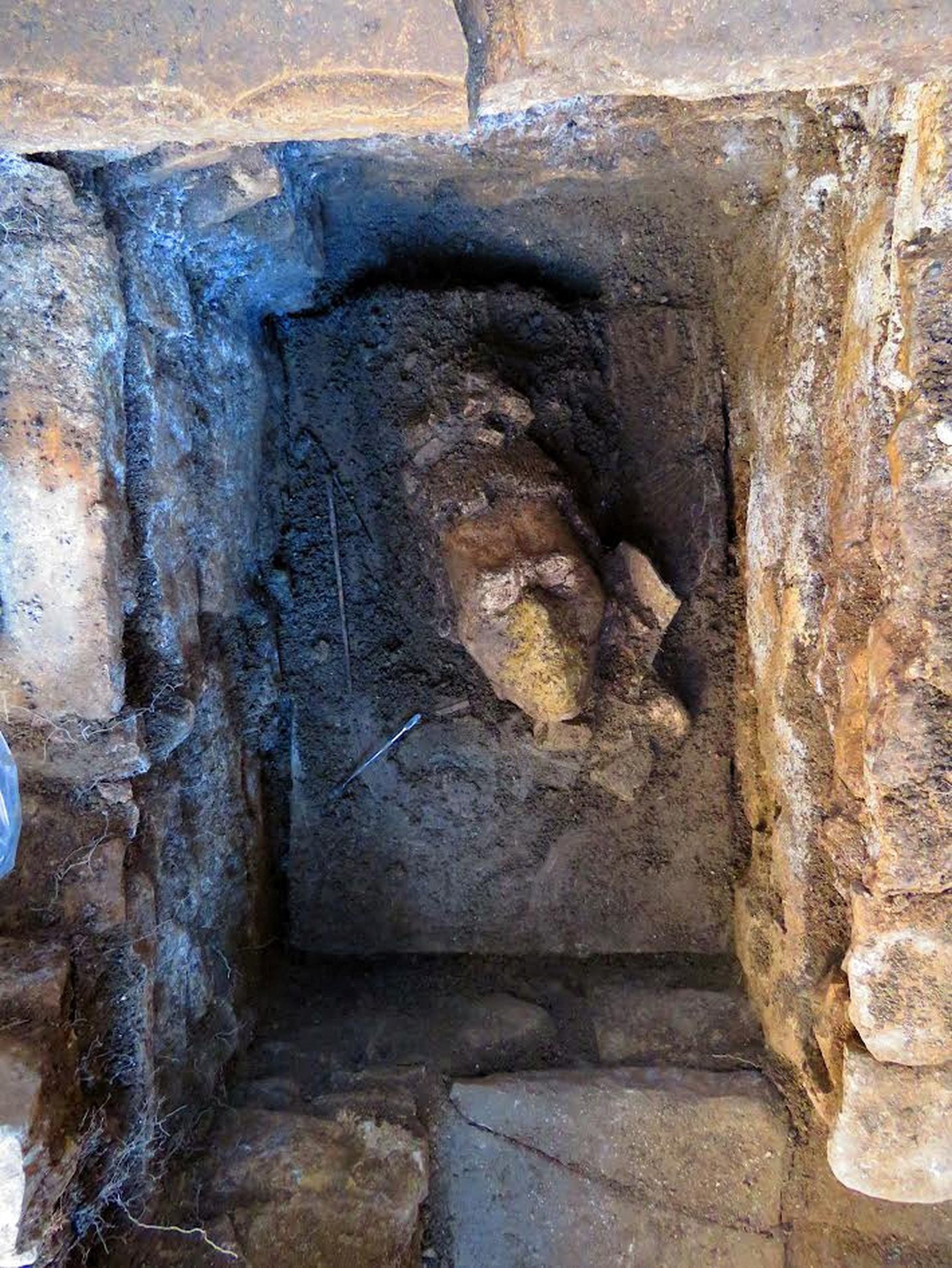For the Maya, maize was the vital plant par excellence, and according to the Popol Vuh, the gods created man from its dough. The first men were made of mud and the following ones of wood; only those who were made with maize dough survived because they had the ability to support and venerate the gods, thank them for their creation, and show themselves willing to serve them in all they wished. With white maize they molded the human figure, and with red maize they made its blood. This deep connection between the Maya people and maize is reflected in their mythology and iconography.
The Significance of Maize in Maya Mythology and the Discovery of the Maize God’s Head
For the Maya, maize was the vital plant par excellence, and according to the Popol Vuh, the gods created man from its dough. The first men were made of mud and the following ones of wood; only those who were made with maize dough survived because they had the ability to support and venerate the gods, thank them for their creation, and show themselves willing to serve them in all they wished.
With white maize they molded the human figure, and with red maize they made its blood. Alberto Ruz Lhuillier, known for having discovered the tomb of Pakal the Great in the Temple of Inscriptions in Palenque, explains in his book The Ancient Maya that their humanized representation is “a young man, whose elongated head resembles the shape of a cob or is surrounded by leaves.”

It was precisely this representation of the young Maya maize god that was discovered just a few months ago by specialists from the National Institute of Anthropology and History (INAH) during conservation work in a corridor of El Palacio, in Palenque, in the state of Chiapas, southern Mexico. It is more than 1,300 years old and is the first discovery of a stucco head in the archaeological zone.
The sculpture is a fundamental part of an offering placed on a pond, emulating the deity’s entry into the underworld. An hallucinatory image for the trained eyes of the archaeologists. “The discovery of the deposit allows us to begin to understand how the ancient Maya of Palenque constantly revived the mythical passage about the birth, death, and resurrection of the maize deity,” explains Arnoldo González Cruz, a researcher at the INAH Chiapas Center.
Detailed Description of the Maize God’s Head
The head of the maize god – measuring 45 centimeters long, 16 centimeters wide, and 22 centimeters high – is identical to the corn cobs, and its long hair is comparable to that of the corn cob; it is a young man with a pronounced cranial deformation and without any animal features. “The sculpture, which must have been modeled around a limestone support, has graceful characteristics: the chin is sharp, pronounced, and split; the lips are thin and protrude outwards; the lower one slightly downwards, and show the upper incisors.

The cheekbones are fine and rounded; and the eyes are elongated and slender. From the wide, long, flattened, and rectangular forehead, a wide and pronounced nose emerges,” detail the archaeologists Carlos Varela Scherrer and Wenceslao Urbina Cruz, who served as field chiefs. Based on the ceramic type of the tripod plate that accompanied the head of the ‘young tonsured maize god’ – a term that refers to the deity’s trimmed hair, which resembles mature corn – the archaeological piece has been dated to the Late Classic period (700-850 AD).
The Deity Discovery and Symbolic Closure of the Maya Pond
The deity was discovered within a semi-quadrangular receptacle formed by three walls, and under a layer of loose earth emerged the semi-open nose and mouth of the divinity. Furthermore, it was oriented east-west, a symbol of the birth of the maize plant with the first rays of the sun. According to the researchers, the pond functioned for the Maya as a water mirror to reflect the cosmos. It is likely that these rituals, of a nocturnal nature, began in the governance of K’inich Janaab’ Pakal I (615-683 AD), and continued during the reigns of K’an Bahlam II (684-702 AD), K’an Joy Chitam II (702-711 AD), and Ahkal Mo’ Nahb’ III (721-736 AD).
Later, perhaps during the reign of the latter, they symbolically closed that space by breaking a portion of the stucco floor of the pond and removing part of the construction fill, to deposit a series of elements: plants, animal bones – quail, white turtle, white fish and domestic dog -, shells, crab claws, worked bone fragments, ceramic shards, three fractions of miniature anthropomorphic figurines, 120 pieces of obsidian blades, a portion of green stone beads, two shell beads, as well as seeds and small snails.
Detailed Description of the Maize God’s Head

The placement of these elements was concentric in form, covering almost 75% of the cavity, which they sealed with loose stones. Some animal bones were subjected to cooking, and others have signs of defleshing and tooth marks, so they were likely used for human consumption as part of the ritual,” explains the specialist Arnoldo González Cruz. On the offering, a limestone slab with a small perforation – 85 centimeters long, 60 centimeters wide, and 4 centimeters thick – was placed, not before “sacrificing” the tripod plate, which was broken almost in half and a portion, with one of its supports, was placed in the hole of the slab.
Then came a semicircular bed of potsherds and small stone souls, on which the head of the deity rested laterally with the same materials. Finally, the entire space would be sealed with earth and three small walls, leaving the head of the young maize god inside a kind of box, where it remained hidden for 1,300 years.
The Maize God’s Journey to the Underworld

As the exploration progressed, it was found that the sculpture is the axis of a rich offering that was arranged on a plastered floor and wall pond, one meter wide by three meters long, to emulate the entry of this god into the underworld, in an aquatic environment. As a personification of the sown grain, it performs various rites in the underworld.
According to the myth, “[the Maya god] travels in a canoe led by the rowing gods, is adorned by young and naked women, and finally germinates from the carapace of a turtle, a symbol of the earth. In this last act, he is flanked by two gods (Hun Ajaw and Yax B’alam), who are believed to be the version of the twin heroes (Hunajpu and Xb’alanke) of the Popol Vuh, sons of Hun Junajpu,” explains the archaeologist Tomás Pérez Suárez, from the Center for Mayan Studies of the Institute of Philological Research at UNAM.
The discovery of the maize god’s head in Palenque provides invaluable insights into the central role of maize in Maya mythology and cosmology. This artifact, dating back to the Late Classic period, offers a tangible representation of the Maya’s reverence for the maize deity and the vital importance of this crop in their cultural and spiritual beliefs. The symbolic placement of the head within a pond, emulating the deity’s journey to the underworld, further underscores the deep significance of maize in the Maya worldview.
This remarkable find not only contributes to our understanding of Maya religion and iconography but also highlights the enduring legacy of this ancient civilization’s reverence for the sacred plant that sustained their way of life.